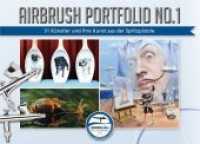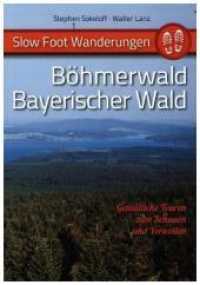- ホーム
- > 洋書
- > 英文書
- > Science / Mathematics
Full Description
This book presents select proceedings of the 2nd International Conference on Construction Resources for Environmentally Sustainable Technologies (CREST 2023), and focuses on sustainability, promotion of new ideas and innovations in design, construction and maintenance of geotechnical structures with the aim of contributing towards climate change adaptation and disaster resiliency to meet the UN Sustainable Development Goals (SDGs). It presents latest research, information, technological advancement, practical challenges encountered, and solutions adopted in the field of geotechnical engineering for sustainable infrastructure towards climate change adaptation. This volume will be of interest to those in academia and industry alike.
Contents
PART I: Information Based (AI, IoT, VR etc.) Measures for Natural Disaster Mitigation.- Chapter 1. A Stratigraphic Classification Estimation Method by the D-Layer Neural Networks.- Chapter 2. An Approach for Evacuation Vulnerability Assessment with Consideration of Predicted Evacuation Time.- Chapter 3. Development and Applicability Assessment of a Tunnel Face Monitoring System Against Tunnel Face Collapse.- Chapter 4. Development of Real-time Measuring System of Tip Position with Deep Mixing Methods.- Chapter 5. Evaluation of Landslide Triggering Mechanism during Rainfall in Slopes Containing Vertical Cracks.- Chapter 6. Landslide Risk Prediction and Regional Dependence Evaluation Based on Disaster History Using Machine Learning and Deep Learning.- Chapter 7. Machine Learning for Estimation of Surface Ground Structure by H/V Spectral Ratio.- Chapter 8. Regular Deformation-Based Landslide Potential Detection with DInSAR - A Case Study of Taipei City.- Chapter 9. Utilization of AI-BasedDiagnostic Imaging for Advanced and Efficient Tunnel Maintenance. etc.








